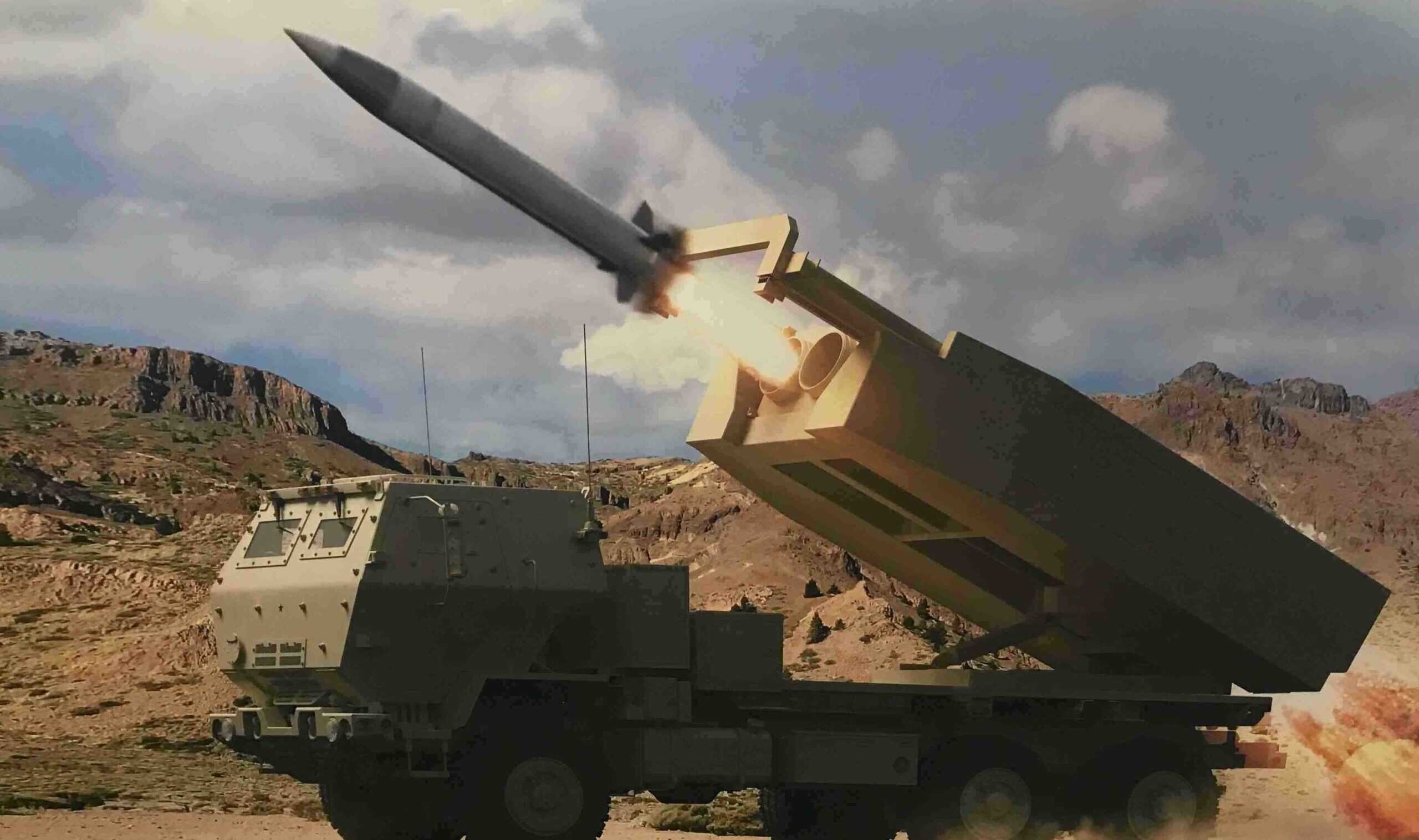When should Ukraine expect long-range ATACMS: what is known
15 May 2024 11:16 АНАЛІТИКА
АНАЛІТИКА
“A package of military assistance, including long-range ATACMS missiles, will be shipped to Ukraine by the end of next week.” This promise was made in late April by Mark Warner, chairman of the Senate Intelligence Committee.
By the way, the vote itself was quite close – in fact, there was no majority in the Republican ranks, and they made a deal with the Democratic minority in the House. This was practiced in the last century.
It is likely that the idea that the US president should roll out a plan and describe the criteria for victory in the conflict, which has been going on for 11 years, will gain more and more supporters – the memory of generations of life in Afghanistan and trillions of dollars spent there is still fresh.
The fact that the “fat” OTRCs are giving is great news. In any case, a “long arm” that can turn a few football fields into a lunar landscape is really needed.
Although the enemy is dispersing and, for example, during the attack on Dzhanka, we were able to kill only a battery of S-400s with a guarantee – despite the pause with the pictures due to cloud cover, it is hard to believe that they managed to remove the broken helicopters.
However, a $1.2 billion division is great – in terms of money and effectiveness in terms of clearing the skies in Northern Crimea and before the F-16s are delivered, it’s even for the best.
But we have to remember that the enemy is not a whipping boy – they learn and we get some back.
Until the hypersonic PrSMs entered service, ATACMS was the main tactical weapon of the US Army.

They are being upgraded by 120-140 units per year. This process has been going on continuously since 2016 and will end in 2025.
Older versions of the Block-1 with 950 submunitions are being converted to an air-launched block and a unitary high-explosive warhead, a more selective weapon that does not contaminate the area for years and has 3-5% of unexploded ordnance.
Over 30 years of rearmament, the Poles have accumulated 50 ATACMS, and the Estonians have ordered 30 for a division of 6. So if someone dreams of burning out the entire operational rear with hundreds of ATACMS, it will never happen.
However, the United States has resumed production of ATACMS – the estimate mentioned 1700 units over the next 8 years. The loan guarantees of the Camden plant indicate that the federal government will buy the finished missiles under any circumstances.
Before that, there were programmes to extend the service life, such as re-equipping with solid fuel and a unitary warhead instead of cassettes, electronics checks, GPS, which increases the accuracy of arrival to 7 metres, new bodies, but there was no production as such.
At first, what was in service was enough, but now it is not. Because there is a need to rearm our partners, the war in Ukraine and, ultimately, the arms race in Asia.
The Precision Strike hypersonic missiles are still being tested. The first batch will leave the factory at the end of 2025, and then there is still the firing of test products, which means it will not happen quickly.

The European Command will be the first to receive them to deter Moscow from making sudden moves. They are likely to be deployed in Asia as well, as the race with China is not far off.
By this time, more than 2,000 NZs will be needed for all the US Army’s Haymars and M-270s – its stock and operational depots.
Because there are many theatres of operations, many isolated pockets, such as Taiwan or South Korea, where supplies may be in question after the start of the war, it means that you need to have operational stocks in theatre.
Therefore, a new guidance system is needed, as well as re-equipment of solid fuel, and replacement of the cluster warhead with a unitary warhead.
In addition, the United States exports large quantities of ATACMS 2000. For Taiwan, Morocco, Poland, and the Baltic states, it is for currency. These are hard dollars, not charity. About 150 units are being prepared for delivery.
In total, allies in different parts of the world have ordered more than 450 units – these are sensitive regions, such as Australia, which is clearly preparing for a confrontation and is the basis of the route that 2 out of 3 of the world’s merchant ships use.
Camden’s plant is full to the brim with orders – the state of Arkansas has hired more than 1,000 new workers, launched two new lines and organised courses for new workers at the local polytechnic college.
And yet, Ukraine should not expect hundreds of these missiles at once, because it is impossible.
We have been supplied with 20 ATACMS Blocks. We probably hit Dzhankoy with them and definitely Luhansk and Berdiansk.
In the near future, we will receive an order for 18 M-142 Hybrids and probably 2 additional M-270s from France.

This is already a good opportunity to replenish our stockpiles a little further away from the area where short-range missiles arrive, to cover emergency vehicle assembly and control points, for example, by monitoring the radiation of emergency radio stations.
This will be a slightly different war – with 60-70 aircraft, long-range missiles, and industrial production of EU shells and drones.
But Iraq has received 450 ATACMS in 2 weeks, and the Kremlin regime is a bit heavier than Saddam’s, so don’t expect the supplies to bring Moscow to its knees right away. A tough campaign lies ahead.
Author: Kirill Danilchenko









